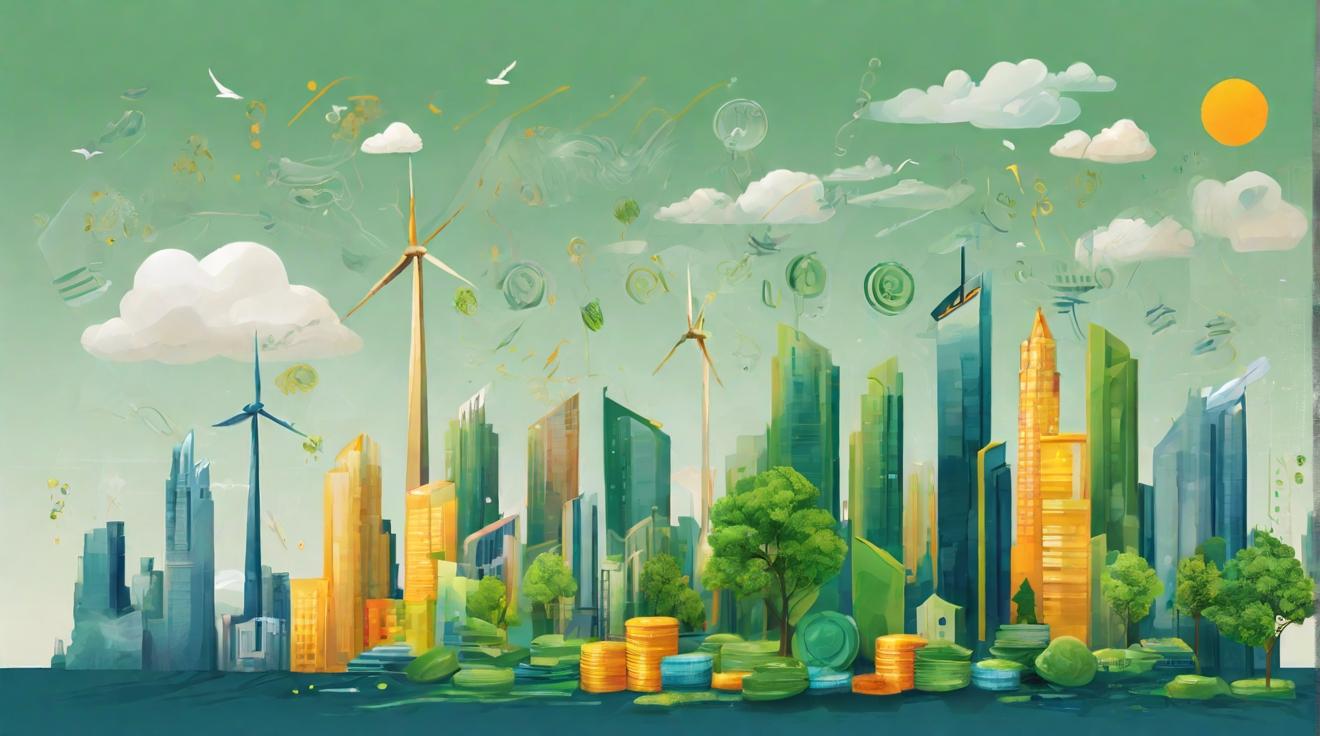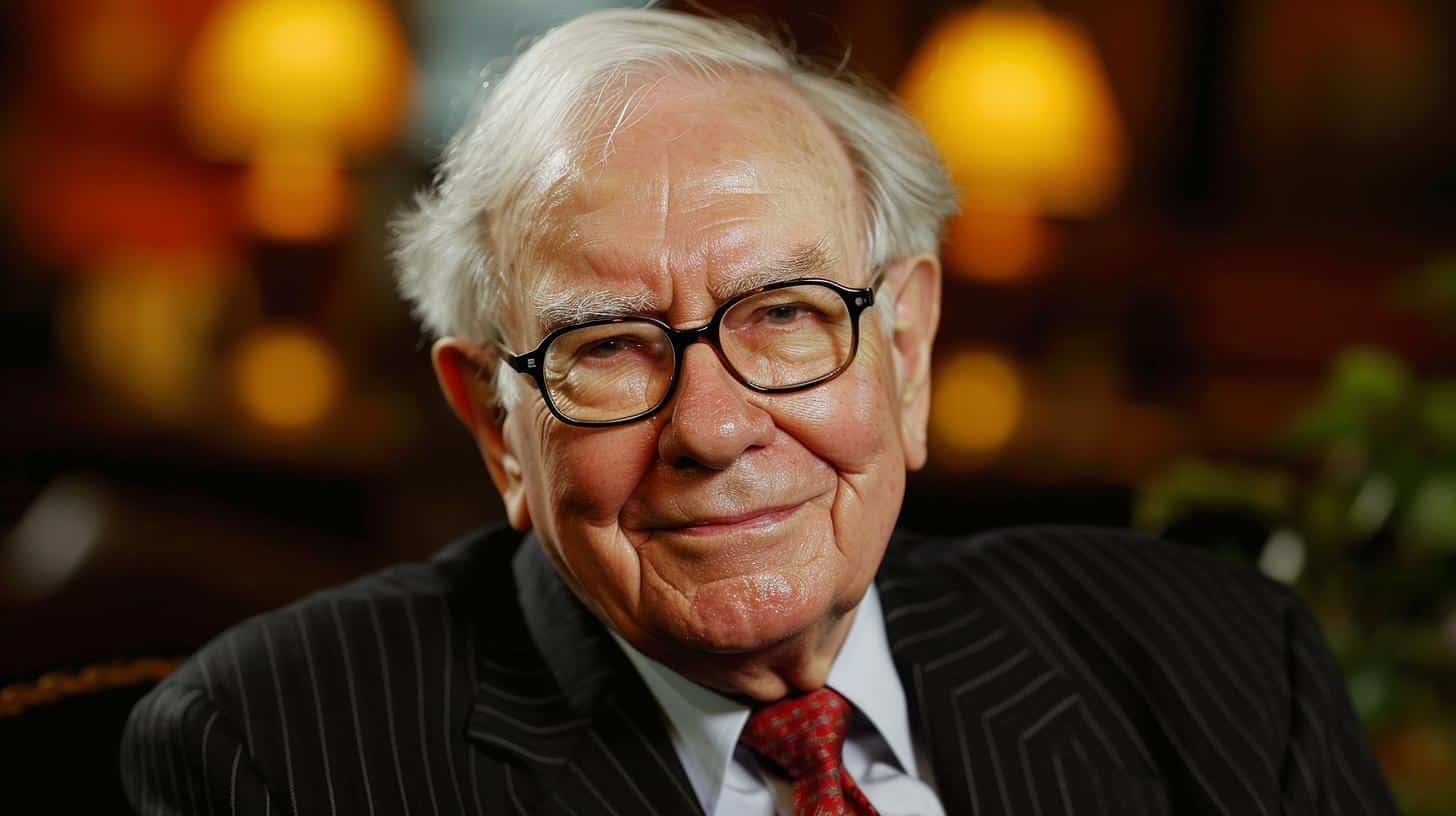Edible Packaging Innovations: A Strategic SWOT Analysis in Reducing Single-Use Plastic Waste
The food industry has long been under scrutiny for its environmental footprint, particularly concerning the use of single-use plastics. However, edible packaging innovations are emerging as a beacon of hope, promising to redefine sustainability in the sector. This strategic SWOT (Strengths, Weaknesses, Opportunities, Threats) analysis delves into the potential of edible packaging in mitigating plastic waste, offering a comprehensive overview of its current standing and future prospects.
Strengths: Pioneering Sustainable Solutions
Edible packaging stands at the forefront of eco-friendly alternatives, capitalizing on its ability to reduce plastic waste significantly. Crafted from natural and biodegradable materials such as seaweed, starch, and plant-based proteins, these innovative packaging solutions dissolve or can be consumed with the product, leaving no trace behind. This not only diminishes the environmental impact but also resonates with the growing consumer demand for sustainable products.
Moreover, the incorporation of food technology and innovation in creating edible packaging has led to enhanced product shelf life and food safety, further solidifying its position as a sustainable choice in the food industry.
Weaknesses: Facing Implementation Challenges
Despite the promising outlook, edible packaging faces several hurdles. The primary concern is the cost of production, which remains significantly higher than traditional plastic packaging. This price gap makes it challenging for businesses, especially small-scale operations, to switch, thus limiting the widespread adoption of edible packaging solutions.
Additionally, consumer acceptance poses a challenge. The idea of eating the packaging, despite its safety and nutritional value, may seem unconventional or unappealing to some, impacting market penetration.
Opportunities: A Gateway to Market Expansion and Innovation
The global push towards sustainability opens vast market opportunities for edible packaging. Regulatory changes, such as bans on single-use plastics, act as catalysts for the adoption of alternative solutions. Companies investing in sustainable practices are likely to gain a competitive edge, appealing to environmentally conscious consumers and aligning with governmental sustainability goals.
Technological advancements in food science and packaging design are expanding the possibilities for edible packaging, making it more versatile, appealing, and cost-effective. Collaboration between startups, research institutions, and established companies could accelerate innovation, driving down costs and enhancing product offerings.
Threats: Regulatory and Market Uncertainties
Navigating the regulatory landscape presents a significant threat to the edible packaging sector. Food safety regulations, certification processes, and international standards can be complex, varying significantly across regions. Ensuring compliance can be resource-intensive, potentially hindering market entry and expansion.
Market uncertainties, including the fluctuating prices of raw materials and changing consumer preferences, add another layer of complexity. Companies must stay agile, continuously adapting their strategies to navigate these challenges successfully.
Conclusion: Charting the Future of Sustainable Packaging
Edible packaging innovations hold immense potential in transforming the food industry, offering a viable solution to reduce single-use plastic waste. By leveraging strengths and seizing opportunities, while addressing weaknesses and mitigating threats, the sector can pave the way for a sustainable future.
As the industry progresses, collaboration and continued innovation will be key in overcoming obstacles, ensuring that edible packaging becomes an integral part of the global effort to achieve environmental sustainability in the food industry.













